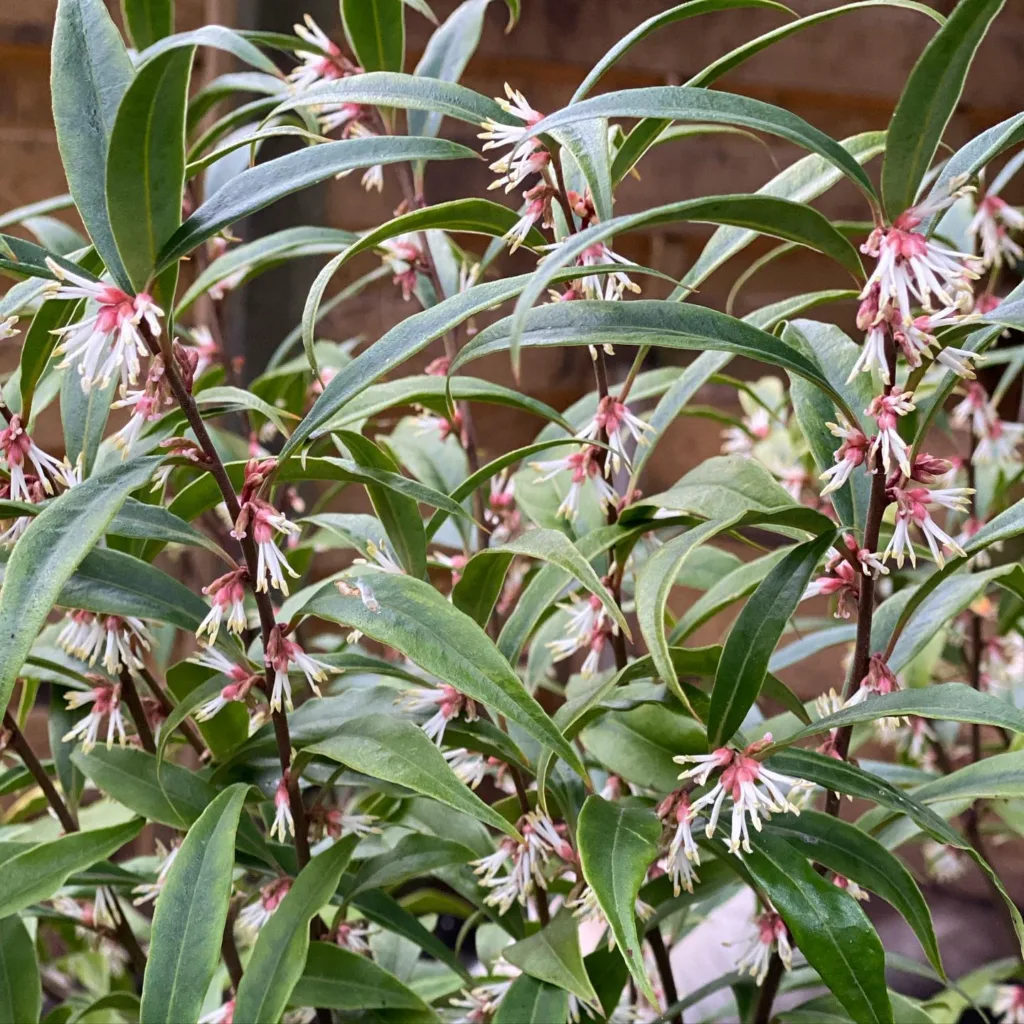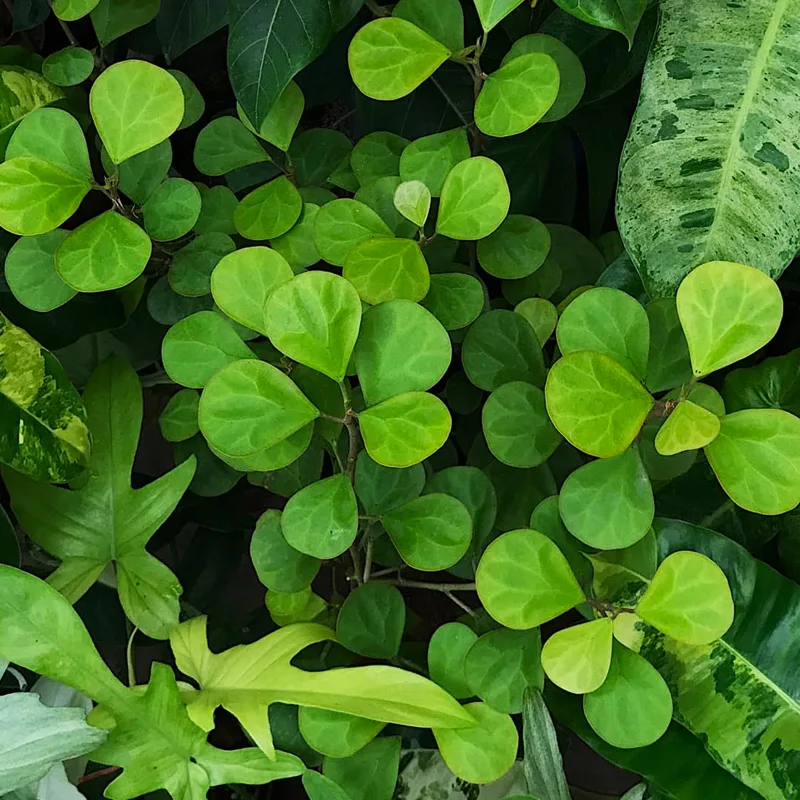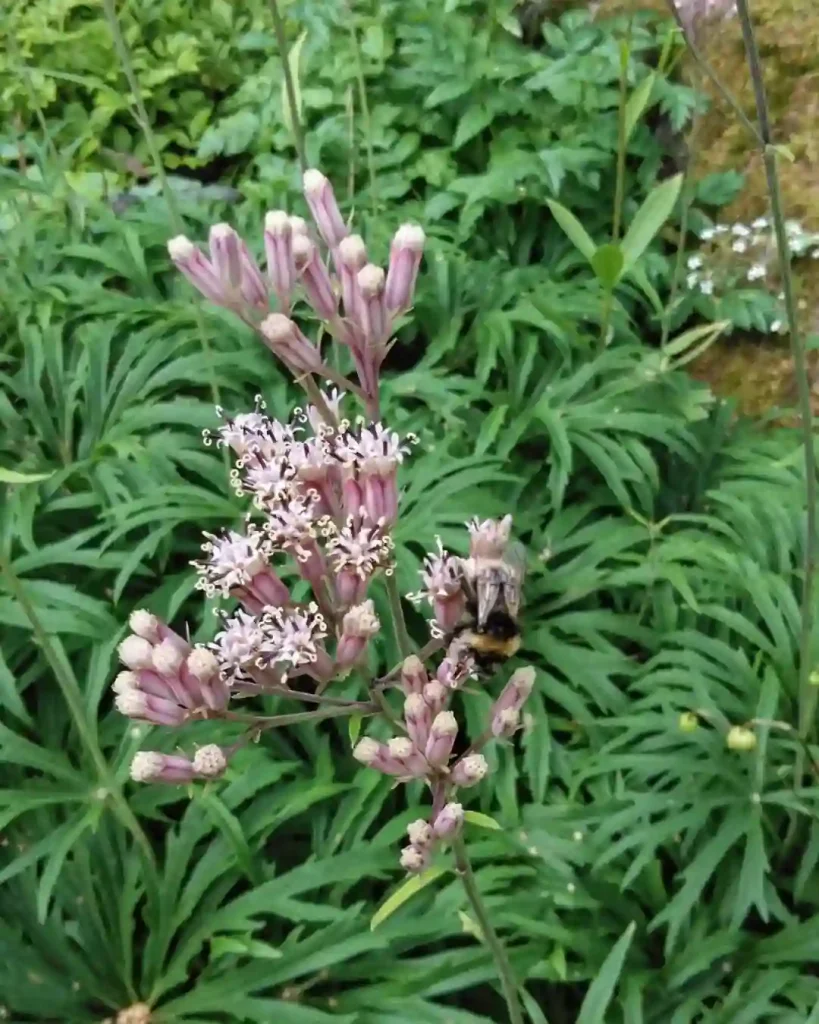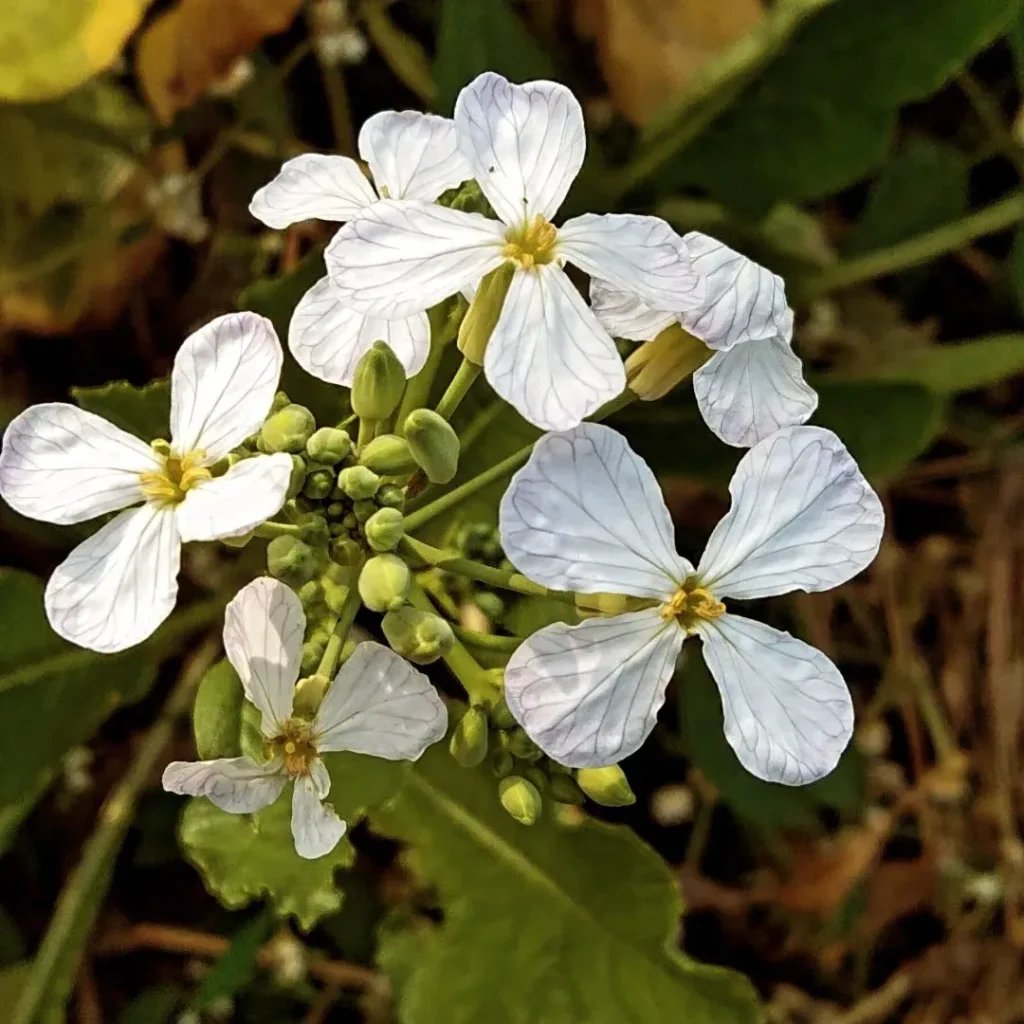The Curious Case of the Sphagneticola trilobata: From Sunshine to Shade
They call it by many names – Bay Biscayne creeping-oxeye, Singapore daisy, creeping daisy – but for me, it’s simply the Sphagneticola trilobata. This little flowering wonder has taken root in my garden, bringing a cheerful splash of yellow with its vibrant blooms. But like any curious gardener, I wanted to know more about this charming addition to my floral family.
What Family Does Sphagneticola trilobata Belong To?
Let’s start with the basics. Sphagneticola trilobata is a member of the Asteraceae family, also known as the daisy family. This prestigious lineage boasts sunflowers, asters, and countless other beloved blooms. Sharing a family background with such iconic flowers instantly elevates the Sphagneticola trilobata in my eyes!
Do Wedelia or Sphagneticola trilobata Like Acidic Soil?
You might come across another name for this plant – Wedelia. Sphagneticola trilobata is actually a synonym for Wedelia trilobata. So, whichever name you hear, it refers to the same cheerful plant. Now, on to the soil question. While Sphagneticola trilobata isn’t too fussy, it thrives in slightly acidic to neutral soil (around a pH of 6.0 to 7.0). If your soil leans more alkaline, consider adding some organic matter like compost to achieve the perfect balance for your Sphagneticola trilobata.
Sunshine or Shade? Finding the Sweet Spot
Sphagneticola trilobata is a sun worshiper at heart. It prefers a location bathed in sunshine for at least 6-8 hours a day. However, it can also tolerate partial shade, making it a versatile choice for gardens with varying light conditions. Just remember, the more sunshine it receives, the more prolific its blooms will be.
Why Are My Sphagneticola trilobata Leaves Losing Color?
There are a couple of reasons why your Sphagneticola trilobata leaves might be losing their vibrant hue. One culprit could be a lack of sunlight. As mentioned earlier, this little sunshine enthusiast needs ample light to maintain its color.
Another possibility is nutrient deficiency. If the soil lacks essential nutrients, the plant can’t produce the chlorophyll it needs for a healthy green color. To address this, consider feeding your Sphagneticola trilobata a balanced fertilizer during the growing season.
Additional Care Tips for a Thriving Sphagneticola trilobata
Here are some bonus tips to keep your Sphagneticola trilobata thriving:
- Watering: Water regularly, especially during hot and dry periods. Aim for the soil to be consistently moist but not soggy.
- Pruning: Don’t be afraid to prune your Sphagneticola trilobata regularly. This encourages bushier growth and promotes more flowering.
- Pests and Diseases: Thankfully, Sphagneticola trilobata is relatively pest and disease resistant. However, keep an eye out for common garden pests like aphids or mealybugs and address them promptly.
Beyond the Basics: Sphagneticola trilobata as a Companion Planter
This little daisy doesn’t just bring sunshine to your garden with its blooms, it can also be a great companion for other plants. Its low-growing, spreading habit makes it a perfect groundcover, helping suppress weeds and retain moisture in the soil. Plus, the vibrant yellow flowers attract pollinators like butterflies and bees, creating a vibrant and ecologically beneficial space.
With a little care and attention, your Sphagneticola trilobata will reward you with a cheerful display of sunshine-colored blooms for months to come. So, embrace this easy-going bloomer and watch your garden transform into a haven of color and life.
If i die, water my plants!



